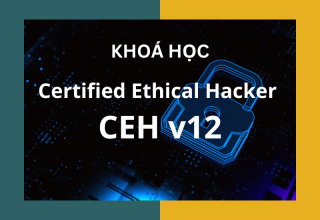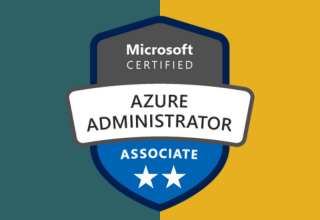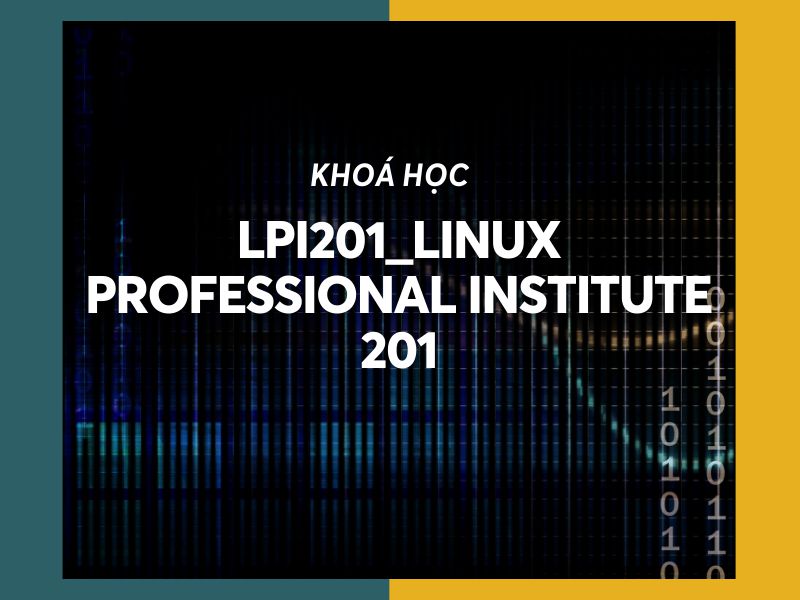COURSE OBJECTIVE
This course is a first part of LPI Linux Administrator 2 which provides students with knowledge of administering small to medium–sized mixed Linux networks.
WHO CAN BENEFIT
The course is designed for people who are:
- Anyone interested in gaining a greater understanding of Linux.
- Anyone responsible for providing system administration, operation, and troubleshooting services on Linux workstations and servers.
- Interested in achieving the LPI 201 certification.
GAINING SKILLS
After completing this course, students will be able to:
- Measure resource usage as well as predict future resource need to improve system performance.
- Understanding what is Linux kernel and how it works including: identify kernel components, building a kernel and troubleshooting kernel.
- Having knowledge about Linux system startup.
- Operating and maintaining Linux filesystem.
- Working with different types of storage devices.
- Configuring and troubleshooting network issues.
- Using various tools to maintaining a system.
COURSE CERTIFICATION
LPIC-2
PREREQUISITE
Before attending this course, students must have:
- Basic knowledge about Linux operating system which is presented in LPIC-1.
COURSE CONTENT
- Topic 1: Measure and Troubleshoot Resource Usage
- Topic 2: Predict Future Resource Needs
- Topic 3: Kernel Components
- Topic 4: Compiling a kernel
- Topic 5:Kernel runtime management and troubleshooting
- Topic 6: Customizing SysV-init system startup
- Topic 7: System Recovery
- Topic 8: Alternate Bootloaders
- Topic 9: Operating the Linux filesystem
- Topic 10:Maintaining a Linux filesystem
- Topic 11:Creating and configuring filesystem options
- Topic 12: Configuring RAID
- Topic 13: Adjusting Storage Device Access
- Topic 14: Logical Volume Manager
- Topic 15: Network Configuration
- Topic 16: Advanced Network Configuration and Troubleshooting
- Topic 17: Troubleshooting Network Issues
- Topic 18: System Maintenance
- Topic 19: Backup operations
- Topic 20: Notify users on system-related issues







